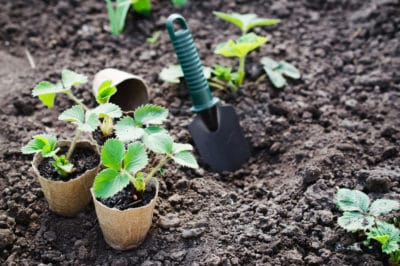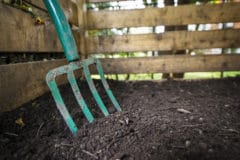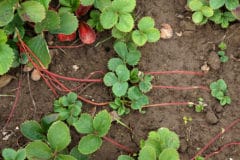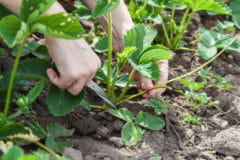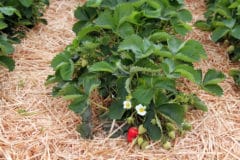Varieties Matter
June bearers and everbearers produce runners for transplanting at different times. Everbearers also produce fewer runners than June bearers. Day-neutrals are a type of everbearer but depend on temperature to trigger production. Select your transplants for June bearers in summer or early fall. This is also the best time for everbearers, as the plants will soon go dormant for winter.
Transplanting by USDA Zone
You can grow strawberries in USDA Zones 3 through 11, although they need winter protection in colder zones. In the warmer areas, strawberries are often a winter crop. To transplant runners for ongoing production, select second and third year runners at these times:
- Zones 3 to 6 – Late July
- Zones 7 to 9 – Late August
- Zones 10 and 11 – Late September for spring strawberries
- Zones 10 and 11 – Late April for fall strawberries (everbearers).
Growing from Seed
Although transplants are the most common means of propagating new strawberries, you can grow them from seed. Alpine strawberries and some of the wild varieties grow readily from seed. For best success, grow your seeds far enough apart that you can lift a plug of soil that contains the entire root ball. Dig a hole of similar size and shape in the bed. Gently place plant in the hole and firm soil.
Transplanting Runners
Some plants produce prodigious amounts of runners – June bearers are typical. Everbearers don’t produce as many. If you plant to remove the mother plants, allow five or six runners per plant. Otherwise, allow three. Once the runners have a good root system, cut them from the mother plant. Try to dig the root ball intact and plant in the new bed or row.
By Plant Maturity
Although strawberries are perennials, they produce best in their early years. Transplants will take a year to become established. The second and third years, they will be at their most productive. However, these are also the years to collect runners as the plants generally will not have developed virus infections. Allow your plants to produce no more than five runners for transplant each year.
Basic Transplanting Techniques
One of the most important things you can do when transplanting is to handle the plant gently. Those tiny root hairs are what provide water and nutrients; damage them and your plant won’t do as well. Next, make sure the crown of the plant is above the soil. Build a slight mound and spread the roots over it, then cover and firm soil. Water in well.
